-
Wind energy doesn’t pollute with particulate matter, nitric oxide, nitrogen dioxide or sulfur dioxide, and it doesn’t cause smog or acid rain. The U.S. Department of Energy (DOE) estimates that wind energy could prevent the emission of 12.3 gigatons of greenhouse gases by 2050. Clean air is beneficial to us all.


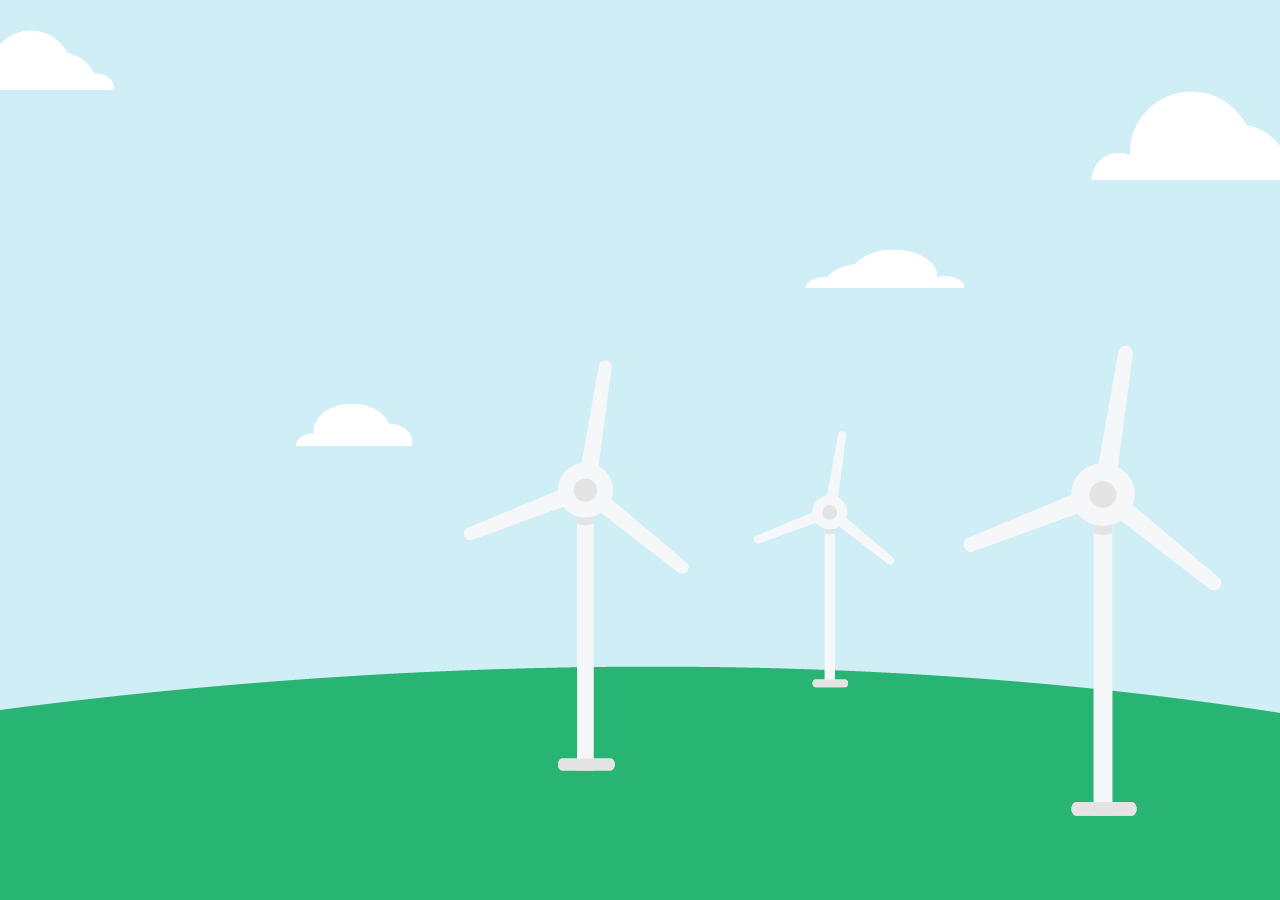


What is wind energy?
Renewable Energy Sources
Everything you need to know about wind energy.
Exactly what is wind energy? It's a renewable energy source that can be used to create electricity with fewer environmental impacts than many other energy sources.
But what makes wind a renewable resource? Simple — the wind will always be blowing somewhere. Thanks to wind turbine technology, we can harness the natural and endless power of the wind to generate electricity for homes and businesses without worrying about depleting the supply.
"Wind energy surpassed hydroelectricity in 2019 as the most common renewable energy source used to make electricity in the United States."
Did you know that people have asked themselves, "How does wind energy work?" and then used wind power for thousands of years? As early as 5000 B.C., Egyptians propelled boats along the Nile River using the wind. Around 200 B.C., simple windmills in China pumped water, and vertical-axis windmills helped grind grain in Persia and the Middle East.
From the Dutch draining lakes and marshes in the Rhine River Delta to U.S. farmers pumping water for crops, cutting wood at sawmills and grinding wheat and corn, windmills have been used in many ways to make work easier and life better.
In modern times, wind energy is a renewable resource we can still count on to make life better. It surpassed hydroelectricity in 2019 as the most common renewable energy source used to make electricity in the United States.
In 2020, U.S. electricity generated from wind totaled about 338 billion kilowatt hours (kWh) — an exponential increase from the 6 billion kWh generated in 2000. Recent government requirements and incentives almost guarantee continued increases in the future.
The growth of wind energy, combined with more public demand for clean energy and the declining costs of producing it, has led to a clean energy revolution across America. Creating more power from sustainable energy sources like wind at an affordable price is a win-win solution for us and the planet!
Watch this quick 2-minute video about how wind energy works:
Make a commitment to using clean, renewable energy in your own life with a plan from Green Mountain Energy.
Is wind energy renewable?
Yes! Wind is a renewable energy source because it is not depleted when used. Since nature constantly replenishes the wind, we can continue to harness its power without worrying about running out of it.



How do wind turbines work to create wind energy?
As today’s modern equivalent of the windmill, the wind turbine can use the wind’s energy to generate electricity.
Most wind turbines have three blades mounted to a tower made from tubular steel. The towers rise 100 feet or more above the ground to take advantage of the faster wind speeds from higher altitudes.

Adjust
Computer systems control the direction of the turbine blades to match the direction of the wind.

Harness
When the wind blows, a pocket of low-pressure air forms on one side of the blade. The air pocket pulls the blade toward it, causing the rotor to turn. This is called a lift.

Generate
Gears increase the rotor rotation from about 18 revolutions per minute to about 1,800 revolutions per minute, allowing the turbine’s generator to convert mechanical energy into electricity.

Distribute
The generator sends the electricity through transmission lines to the power grid, bringing electricity to homes and businesses.
Though simple-looking against the sky, wind turbines have very advanced features to maintain safety and efficiency. The turbine’s anemometer continuously measures wind speed and transmits the data to the turbine’s controller, which keeps the rotor at a safe speed of 55 mph or less. A brake in the turbine can stop the rotor electrically, mechanically or hydraulically in emergencies.
Types of wind turbines:
Today, numerous types of wind turbines bring renewable energy to people all over the world:
Small wind turbines
Small wind turbines that generate 100 kilowatts (kw) or less can be found close to where the energy generated will be used, such as near homes or water pumping stations.
Large wind turbines
Large wind turbines generating anywhere from 100 kw to several megawatts are grouped together on wind farms and can power tens of thousands of homes.
Offshore wind turbines
Offshore wind turbines capture the strong, consistent winds found off of coastlines. Above American coastal waters, there is enough offshore wind to potentially provide more than 2,000 gigawatts of electricity — nearly double the nation’s current electricity use.

Wind energy examples and uses:
The uses of wind energy are numerous and go beyond powering homes and businesses with clean energy. Other wind energy examples include:
- Powering cargo ships and fishing vessels
- Pumping water
- Charging batteries
- Sailing
- Sports such as windsurfing and kiteboarding
Advantages of wind energy:
Wind energy offers numerous advantages:
Earth-Friendly
Earth-Friendly
Cost-effective
Cost-effective
-
The fuel itself is free, after all! Wind generation agreements typically provide 20-year fixed pricing, whereas price uncertainty surrounds traditional fuel sources. The addition of more wind energy into the electric utility sector reduces national vulnerability to price spikes and supply disruptions. Thanks to this long-term pricing and stability, the DOE anticipates wind energy will save consumers $280 billion by 2050.
Creates jobs
Creates jobs
-
The U.S. Bureau of Labor Statistics projects a 68% growth in wind technician jobs from 2020 to 2030, making it one of the fastest-growing occupations in America. The DOE reports that by 2050, wind energy could support more than 135,000 jobs in wind turbine manufacturing, installation, maintenance and other related services.
Domestic
Domestic
-
Unlike oil and natural gas, the nation’s wind supply is inexhaustible and can be found in abundance above American soil. As a nation, we can generate wind power without worrying about rising commodity prices, international political relations or other global factors.
Good for business
Good for business
-
Leading with sustainability sets a positive tone for a business. According to a 2017 Cone Communications CSR Survey, 89% of customers are likely to switch to a company associated with a good cause (such as operating with clean energy!) given similar price and quality.
Sustainable
Sustainable
-
Simply put, wind always has been and always will be available. It’s up to all of us to decide how much of a priority we want to make renewable energy generation in America.
Choose a wind energy plan from Green Mountain Energy.
When you power your home or business with renewable energy, you’re helping to make the planet cleaner and greener. Green Mountain Energy has several wind energy plans to meet your electricity needs.
We make it simple to choose 100% clean electricity made from renewable sources like wind energy. Let’s build a cleaner, greener tomorrow together.
Explore more renewable energy sources:
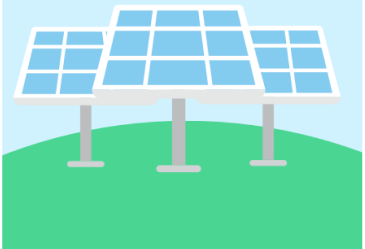
Solar Energy
Capturing the power of the sun to make electricity for homes and businesses.
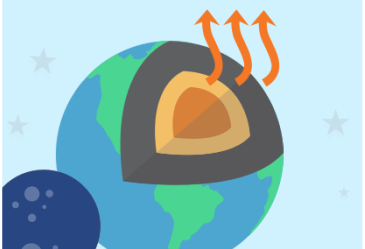
Geothermal Energy
Using the heat generated beneath the Earth’s surface to power our lives.
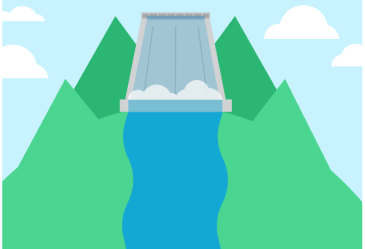
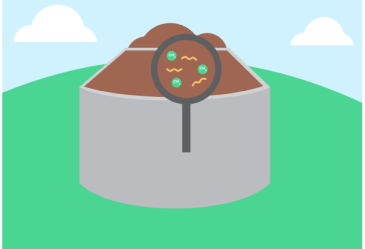
Our customers have avoided
pounds of CO2
That’s like planting
new trees.
